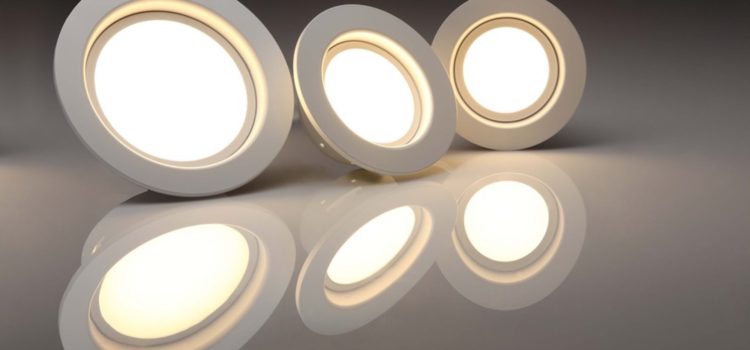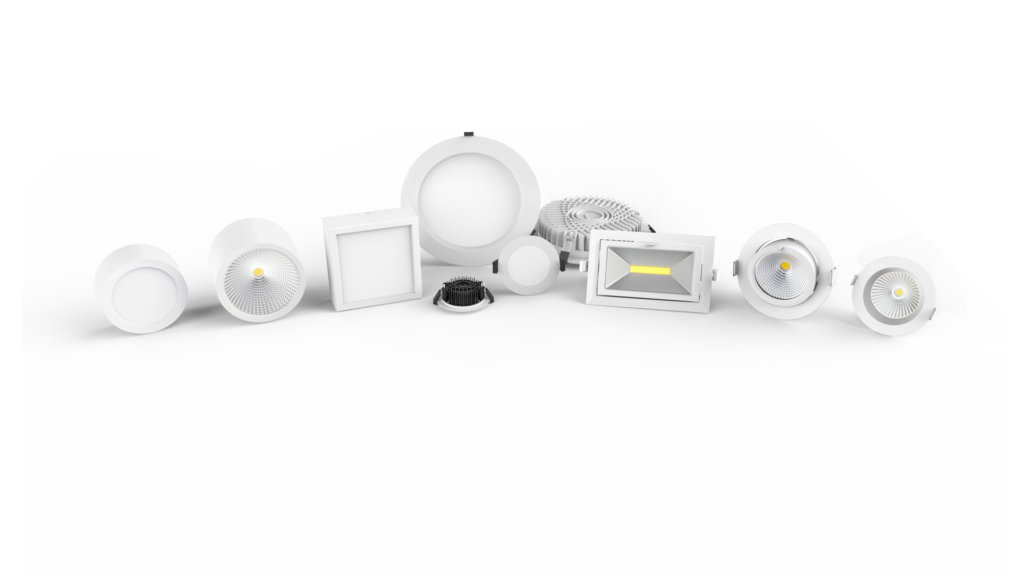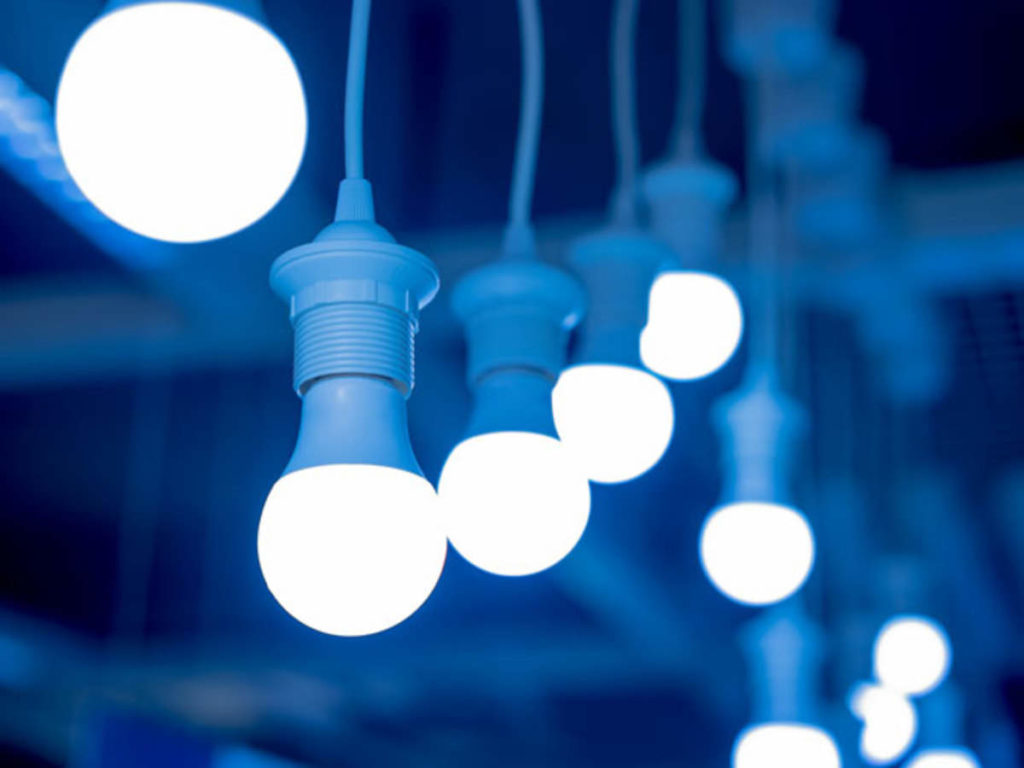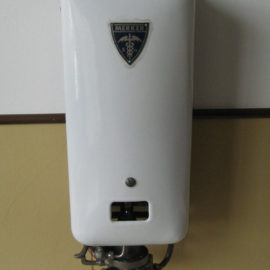
It’s no secret that more and more households and business owners are making the jump to LED lighting in a bid to save money on their energy bills, and also to reduce their carbon footprint. But what exactly are the advantages of LED over traditional incandescent bulbs? This article will attempt to answer that question. Read on for more!
-
LED Light Lifespan:
Easily the most significant advantage of LEDs, when compared to traditional lighting solutions, is the long lifespan. The average LED lasts 50,000 operating hours to 100,000 operating hours or more. That is 2-4 times as long as most fluorescent, metal halide, and even sodium vapour lights. It is more than 40 times as long as the average incandescent bulb.
Less frequent replacement means two big things: lower maintenance costs in terms of labour and lower costs for replacement parts (because the bulbs simply do not fail for a long time).

-
LED Energy Efficiency:
LEDs generally consume very low amounts of power. The statistics to look for when comparing the energy efficiency of different lighting solutions are called by one of two terms: luminous efficacy or useful lumens. These two items essentially describe the amount of light emitted per unit of power (watts) consumed by the bulb. In our experience, most LED lighting retrofit projects result in a 60-75% improvement in the overall energy efficiency of the facility’s lighting. Depending on the existing lights and the particular LEDs installed, the savings could be more than 90%.
-
Improved Safety with LEDs:
Safety is perhaps the most often overlooked advantage when it comes to LED lighting. The number one hazard when it comes to lighting is the emission of heat. LEDs emit almost no forward heat while traditional bulbs like incandescents convert more than 90% of the total energy used to power them directly into heat. That means only 10% of the energy powering incandescent lights is actually used for light (which also makes them extremely inefficient compared to LEDs). Additionally, because LEDs consume less power they can operate effectively on low-voltage electrical systems. These are generally much safer in the event that something goes wrong.
-
LED Lights are Physically Small:
The actual LED device is extremely small. Small power devices can be less than a tenth of a single mm2 while larger power devices can still be as small as an mm2. Their small size makes LEDs incredibly adaptable to an infinite number of lighting applications. Different uses for LEDs include a wide spectrum from their roots in circuit board lighting and traffic signals to modern mood lighting, residential, and commercial property applications, and even major stadium lighting. You can read about the history of LED lighting here or the history of lighting in general here.
-
LEDs Have Tremendous Design Flexibility:
Because LEDs are so small, they can be used in virtually any application you can think of. They can be combined in bunches for a traditional bulb, used in isolation as a small device light, or strung out in sequence in a linear fashion. Just about everything you can think of can be done with LEDs.
-
LED Dimming Capability:
LEDs can operate at virtually any percentage of their rated power (0 to 100%). Of note, they do require hardware specific to LED technology in order to dim (meaning you cannot use the dimming equipment for an incandescent bulb or other traditional lighting technology). A positive of operating LEDs at less than full power is that they get more efficient as the power is reduced. This also increases the total lifespan of the light itself. Both of those advantages are absent with technologies like metal halides that actually get less efficient at lower power and in many cases cannot be dimmed at all.

-
LEDs Provide Instantaneous Turn On and Do Not Have Issues with Frequent Switching:
LEDs turn on and off instantaneously. There is no warm-up period like in the case of metal halide lamps. Additionally, frequent switching doesn’t cause degradation in the device.
-
LED Lights are Environmentally Safe:
LEDs do not have the environmental issues common to traditional lighting solutions like fluorescent or mercury vapour lights. Both of these traditional solutions contain mercury internal to the bulb and thus require special handling at the end of the product’s useful lifespan. None of these considerations are necessary with LEDs.
All in all, LEDs are an incredibly useful technology that is fast becoming the first choice of residential and commercial property developers, facility operators, and lighting experts alike. If you are looking for more information on LEDs or are considering an LED lighting conversion, please reach out to contact Rushforth Electric and Heating (1976) Limited. We can help!



